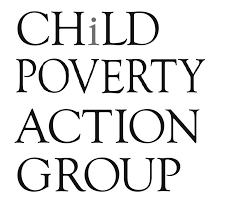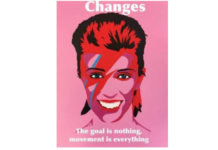Child Poverty Action Group (CPAG) welcomes the release of the Child Poverty Monitor today, which shows that prior to the Covid-19 pandemic, poverty reduction targets were largely on track for Pākehā children, however significant inequities remained for tamariki Māori, Pacific and disabled children.
Data collected prior to March 2020 shows that material hardship rates – defined as regularly going without six or more items deemed as ‘essential’ – were 1.7 times higher among tamariki Māori (19.5%), and over double the rate among Pacific children (26.7%), compared to the national average (11.3%).
“While progress towards child poverty targets may have been on course prior to the Covid-19 pandemic, it is crucial that no children are left behind,” says CPAG spokesperson Associate Professor Mike O’Brien. “Poverty denies children of opportunities both present and future, and the inequitable rates of hardship presented in this report suggest that we are systemically denying tamariki Māori and Pacific children opportunities to flourish.”
The report also reveals that disabled children, and children living in a household with at least one disabled person, have also been left behind in progress towards child poverty reduction targets. While the Government aimed to meet a target of 10.5% of children living in low-income households by 2020/21, the 2019/20 data presented in this report suggests that 15.6% of disabled children and children in a household with a disabled person, were living in poverty.-
“Living with disability means living with extra costs, and our welfare system must acknowledge that with adequate and accessible support,” says O’Brien. “We support the Children’s Commissioner’s call for increased financial assistance for families with a disabled caregiver or child, as was recommended in 2019 by the Welfare Expert Advisory Group.”
More broadly, CPAG advocates for more substantial increases to income support for families and whānau to ensure they can support their children without relying on emergency assistance such as food parcels.
“While this Government has made some positive changes, such as modest increases to benefit rates and increasing abatement thresholds, ultimately, for many families, incomes remain inadequate,” says O’Brien. “Increasing the disposable income of families and whānau is crucial to ensuring those in the deepest poverty are not left behind.”
This includes addressing the high cost of housing, but also ensuring comprehensive increases to income support, including to Working for Families tax credits.
“Despite recent eligibility changes, children in the deepest poverty are still denied access to a key family tax credit, the In-Work Tax Credit,” says O’Brien. “We urge the Government to use the upcoming Working for Families review to ensure that entrenched poverty is addressed for these children, rather than continuing to leave them further behind.”
-(As measured by households below 50% of median income, moving-line, before housing costs).





Disabled children should not be deprived of a good life due solely to lack of money . If they need support from the state it needs to be at a level so they and the family is included as so,often if there are limited resources it will go to the disabled at the expense of the rest of the family which can lead to resentment . To offset the cost families should be encouraged to,only have the children they can afford to support to have a full and inclusive life.
Comments are closed.